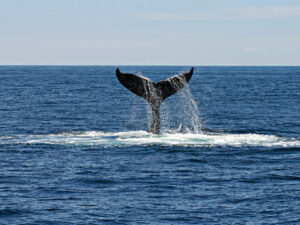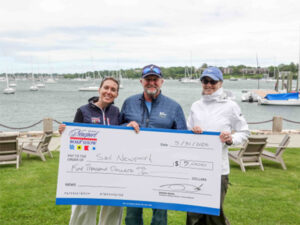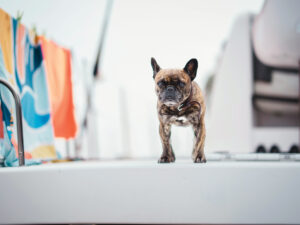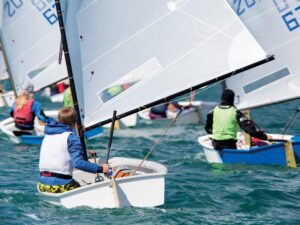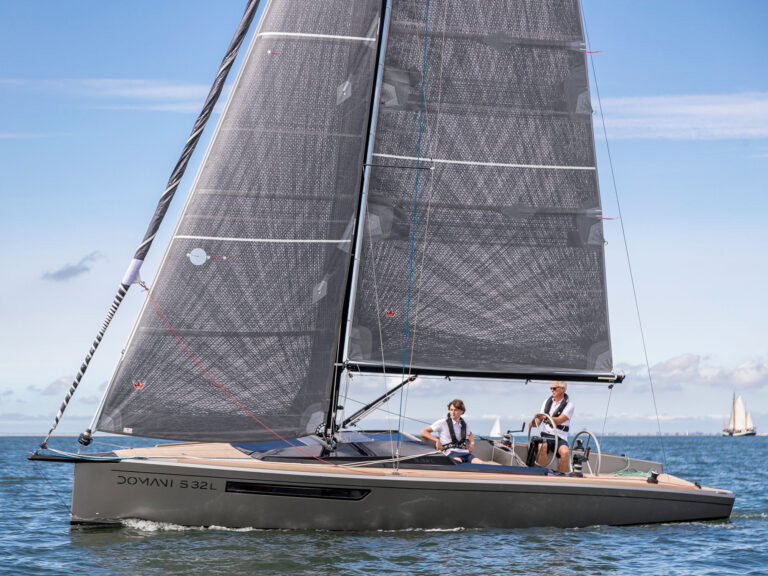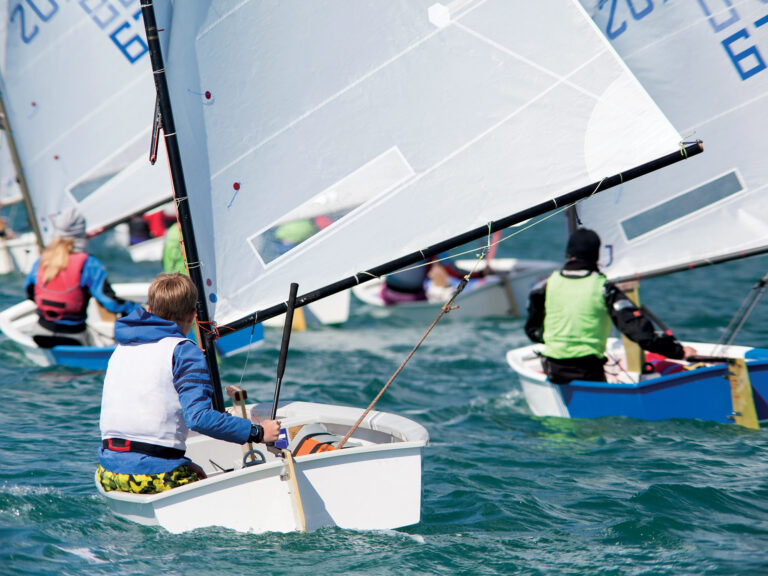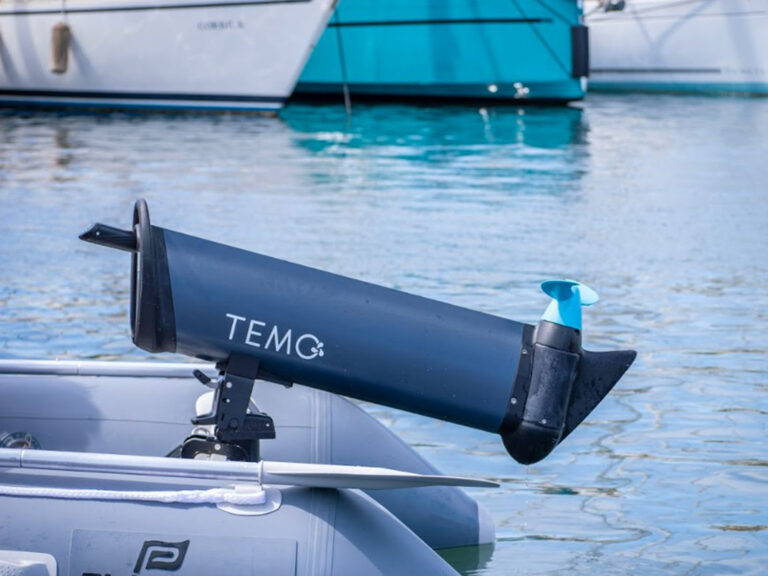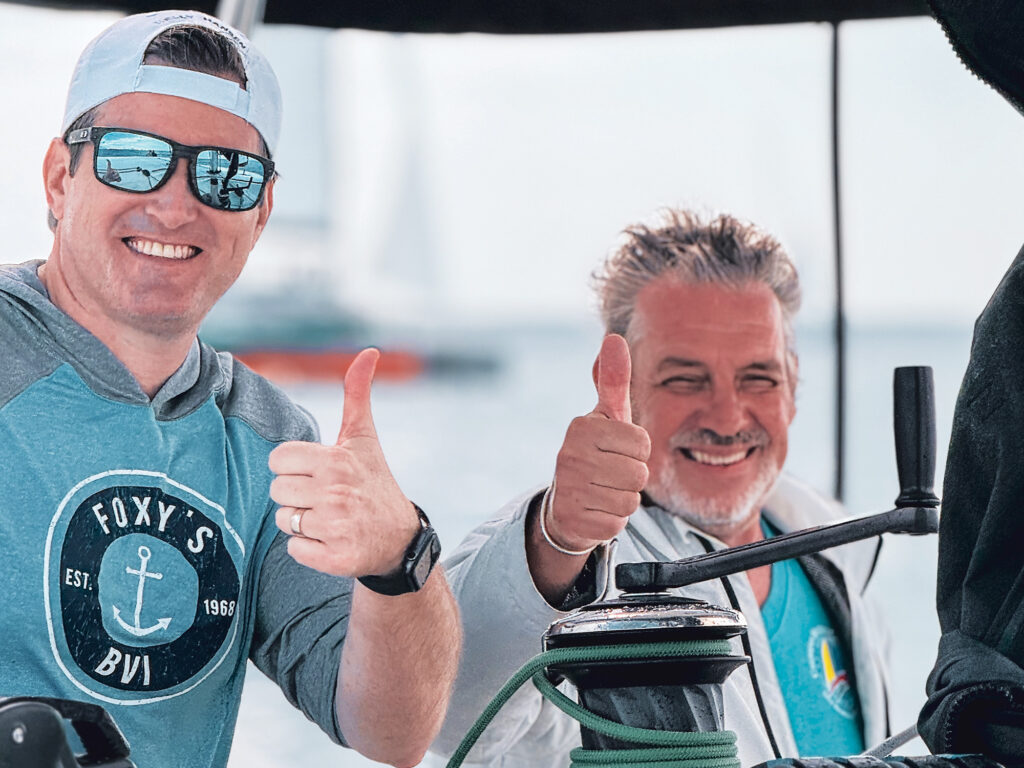
If you’re ever looking for a good dose of humility, try joining the French crew on a French-built performance catamaran in a sporty breeze on Rhode Island’s Newport Harbor.
I was nursing a cold one with my longtime yacht broker pal and sailing buddy, El Jefe (yes, that’s actually what he goes by), at the Black Pearl on Bannister’s Wharf, comparing notes on a sweet Nautitech we had just sailed. The breeze was stiff on the sound in the wake of a front that had ripped through, and, as anticipated, the ride was a thrill.
What I hadn’t expected was to feel so utterly useless. To be honest, I got my ass handed to me out there. I spent most of the ride trying to stay out of the way as the crew made the catamaran fly.
I’d been raised in a family who sailed monohulls, so opportunities to sail cats had been few and far between, save for the occasional charter or sea trial, which usually tends to err on the milquetoast side of sailing. My lack of experience showed that day. I consider myself a pretty darn good sailor, but put me on a fast-paced multihull machine, and I’m about as useful as a putter in a sand trap.
So, when Steve Burzon, co-founder and organizer of the Caribbean Multihull Challenge, hit me up to join this year’s rally, I leapt at the opportunity. I signed on to help crew a Sunsail 424 charter cat for four days in the Leeward Islands.
To be clear, I’m not a racing guy. Dave Reed, editor of our sister publication, Sailing World, is a racing guy. That dude can carve circles around me on a course. And, for many a monohuller, an event with the words “multihull” and “challenge” in the title might conjure feelings of inadequacy. I get that. But for me, the idea of steering a little outside my lane, challenging myself to become a better multihull sailor, had a lot of appeal.
And so I joined the ranks of scores of other casual sailors who decided to take a new tack in their cruising careers, pushing their boats—or even just themselves—a little bit further. Around the water cooler, I’ve started referring to this as competitive cruising.
Competitive cruising can be different things for different sailors. It can be racing, to some—the regatta scene is robust and a great opportunity to test your competitive spirit in a controlled environment with other like-minded cruisers. For others, it might be joining a rally to somewhere over the horizon, as I did. And for the scant few who become skilled and confident enough, maybe it means chasing adventure way off the grid.
This spring, 29-year-old sailor Cole Brauer just became the first American woman to sail solo nonstop around the world, finishing in second place in the Global Solo Challenge aboard her 40-foot racing boat, First Light. Brauer, who captured worldwide attention through her Instagram posts chronicling the treacherous 30,000-mile journey, said that she hopes young girls in and out of the sport can draw inspiration from her experience. She has received hundreds of comments from people saying that although they’d never sailed before, they were amazed by her bravery, tenacity and positive outlook.
Her milestone is more than a physical triumph; it’s a testament to her courage. She faced a challenge head-on as she persevered through rough seas and navigated the complexities on board for 130 days. That’s the sort of indomitable spirit we should all celebrate as adventurers of the sea. She may not have won the race, but she’s a champion all the way.
Competitive cruising is about the fact that the allure of sailing lies not just in the destinations we reach, but also in our journey of continual learning and growth.
As I navigated the tumultuous waters of Narragansett Bay, grappling with the complexities of an unfamiliar catamaran, I realized that the true sport of sailing transcends vessel types. It’s about embracing the unknown, embracing the challenges, and embracing the exhilarating feeling of sailing into uncharted territory. With that as our compass, our learning never ends.

